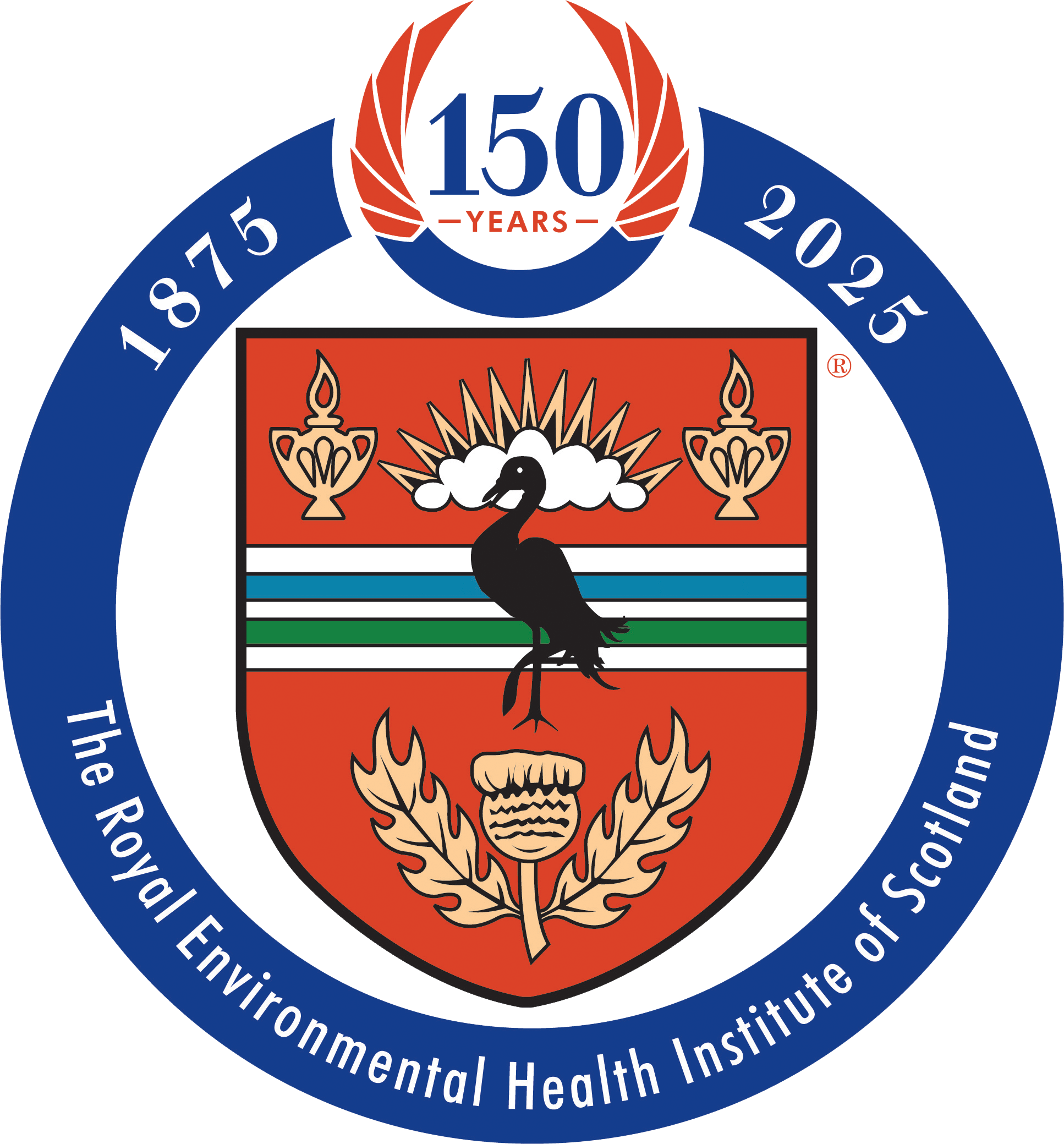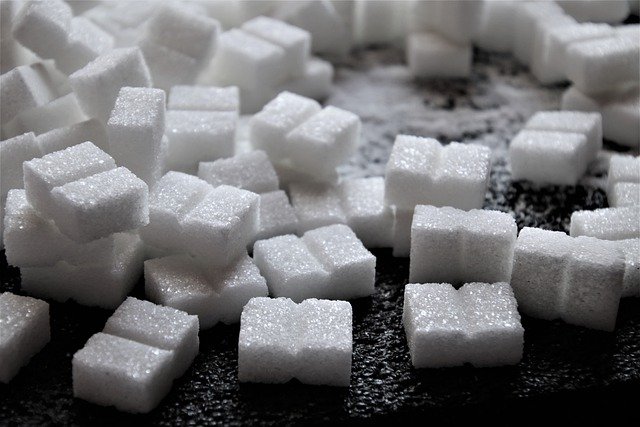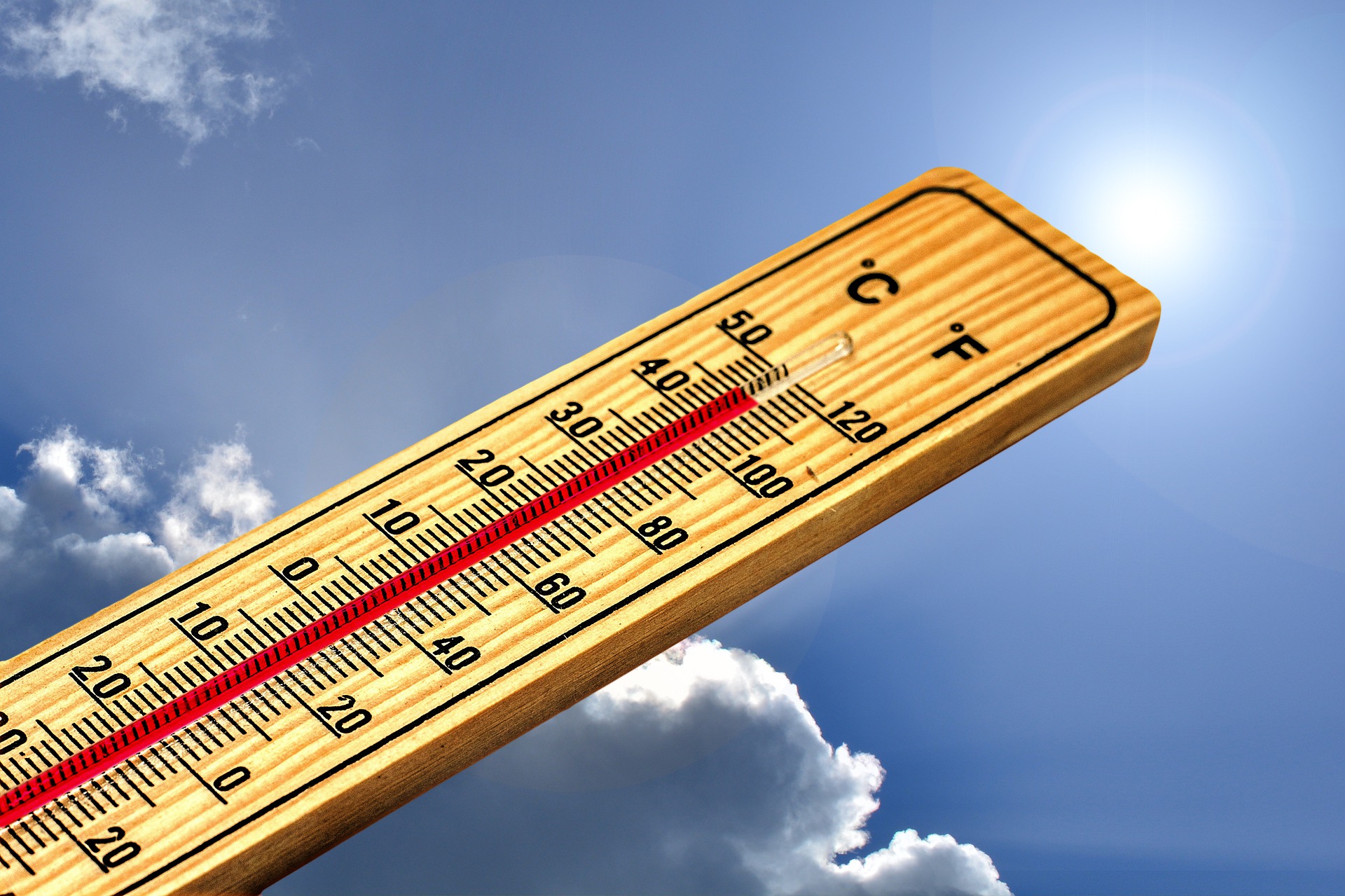Clean Air Day 2021, coordinated by Environmental Protection Scotland (EPS) on behalf of the Scottish Government, has been declared the most successful campaign in its five-year history with 190 participating organisations and individuals, including 20 Scottish local authorities. EPS Policy and Communications Officer John Bynorth recaps on the activities that occurred across the Nation.
The Lord Provost of Edinburgh, Frank Ross, an EPS trustee, kicked off the campaign by meeting pupils from Sciennes Primary School, accompanied by teacher Gregor Hutchison and depute headteacher Lucy Gallagher at the launch event one month before the event took place on Thursday 17th June.
The colourful photographs of the children with umbrellas and the new Clean Air Day colouring books in the ‘school street’ outside Sciennes Primary made headlines in The Times, the Scotsman, Edinburgh Evening News and was even picked up on an internet news website that covered the Ivory Coast!
Campaign interest snowballed from there, helped by the easing of COVID-19 restrictions as charities and NHS boards, government bodies, private sector organisations, bus companies, active travel organisations and electric vehicle and car clubs saw the benefits of making the case for behaviour change to improve air quality, and the additional benefits of contributing to Scotland’s longer-term environmental objectives in COP26 year.
The fantastic Clean Air Day colouring books went down a storm with schools. They were the idea of EPS external affairs and social media officer, Elina Dagdeleni, who brought together 11 students from three art schools across Scotland to create a book that primary and pre-school children could colour in. EPS boxed up and distributed books to schools which registered as participants.
The book’s beautiful designs conveyed messages about the harmful effects of vehicle engine idling and how active travel, electric vehicles and improving the environment create healthier and happier communities and really came to life once the teachers opened up the boxes and let their pupils loose on the books with colouring pencils.
They proved popular with pupils at dozens of schools in the Highlands, Aberdeen, Angus, Fife, Edinburgh, Glasgow, North and South Lanarkshire and Ayrshire and in Argyll and Bute which utilised them as part of school studies around air quality and the environment, and to encourage behaviour change in relation to vehicle use.
St Joseph’s Primary School in Glasgow held a clean air artwork event with pupils spurred on by the city council’s decision to project some of their artwork onto the sides of prominent city buildings, including the Royal Concert Hall, in the run up to Clean Air Day.
Ferryden Primary School in Montrose and two other Angus Council schools, which are currently piloting School Exclusion Zones (SEZ), took part in Clean Air Day activities to highlight the benefits of a congestion-cutting initiative which sees motorists who park in streets immediately outside the schools at pick up and drop off periods receive fixed penalty notices.
Ferryden’s Headteacher Michelle MacKay, who said her school is already benefiting from reduced car use around the school, and some pupils joined together to celebrate Clean Air Day in the school’s garden for a photo shoot which received coverage in The Courier and the Evening Telegraph newspapers.
Clean Air Day also welcomed the first Scottish island school to participate – thanks to headteacher Julie Wilson, the staff and pupils at Gigha Primary School, which lies off the Kintyre Peninsula in Argyll and Bute. The 14 pupils were treated to the colouring books after taking part in an outdoor air quality tree survey.
Ricardo’s senior consultant Susannah Telfer delivered an online presentation and the company provided air monitoring sensors to two schools in Glenrothes, Fife, Southwood Primary and Rimbleton House. Eloise Griffin, technical officer at Fife Council environmental health, told the Dundee Courier that the council hoped children would ‘take what they learn home with them and that can encourage families to make changes.’
EPS also provided Clean Air Day drawstring bags to participants which proved popular at schools, such as St Marnock’s Primary in Glasgow where primary four pupils made an air quality video aimed at inspiring people to leave the car at home.
MSP Màiri McAllan, Minister for Environment, Biodiversity and Land Reform in the Scottish Government appeared in a Clean Air Day video in which she discussed the forthcoming Cleaner Air For Scotland (CAFS 2) strategy and the wider links between air quality, public health, active travel and climate change impacts – which can be viewed on the EPS You Tube channel here.
Despite air quality being vastly improved in comparison to 50 years ago, the minister said there were still some areas where standards for human and environmental health were not being met and that road transport in towns and cities was a major contributor to this issue.
She highlighted the impact of poor air quality, through nitrogen deposition, on biodiversity and said that while the first CAFS strategy had achieved a great deal, the subsequent independent review commissioned by the government had identified areas of additional action.
The minister said the new strategy would target transport emissions as part of a wider commitment to cut the number of miles driven on Scotland’s roads and domestic fuel burning and agriculture emissions sources.
She said a public engagement strategy was being planned about air quality that would link with organisations such as Cycling Scotland, Sustrans and Living Streets – which all supported Clean Air Day Scotland – to deliver active travel ‘co-benefits’ as part of the COVID-19 recovery strategy.
Ms McAllan added: “The linkages between air pollution, climate change, quality of the urban environment and mobility form a central thread through our new strategy.
“Good, joined up policy can deliver co-benefits for both air pollution and greenhouse gas reduction. This is a principle we will hold to as we work to end Scotland’s contribution to climate change by 2045, while at the same time, realising our aim that Scotland should have the cleanest air in Europe.”
She added that ‘significant challenges’ remained to further improve air quality in Scotland, but this was achievable through a continued collaborative approach by organisations and the involvement of individuals who can make ‘small changes’ to their daily lives.
“I am sure that the fifth Clean Air Day will be as enjoyable and successful as previous years.” She said the participation of so many people in the event showed ‘just how much we all care about building a clean air future.’
The video has been uploaded almost 100 times and was viewed by pupils at St Paul’s High School in Pollok, Glasgow, whose pupils made an impressive online video for Clean Air Day, took part in a traffic study outside the gates and learned about the impact of air quality from the nearby motorway on plants.
Other secondary schools to involve children in air quality activities, including outdoor pollution studies and lichen samples, were Trinity High School in Renfrew, Renfrew High School and Caldervale High School in Airdrie.
Monica Lennon MSP, Scottish Labour’s spokesman for Energy, Net-Zero and Transport and Graham Simpson MSP, the Scottish Conservative Party’s Deputy Transport spokesman supported the campaign on social media which marked the cross-party support the campaign has achieved in its five years.
Midlothian SNP MP Owen Thompson and Green Party North East Fife MSP Maggie Chapman also got behind the campaign.
Local elected members showed ingenuity to convey the climate change message.
Councillor Dougie Campbell, Dumfries and Galloway’s Environment Champion, explained in a social media video the actions people can take to improve air quality and what the local authority’s actions. This can be watched on Facebook here.
Public transport, which has faced a difficult time during the pandemic, showed overwhelming support for Clean Air Day with the bus industry throwing its weight behind the campaign.
First Bus had staff and drivers make pledges to improve air quality at their depot in Larbert, Stirling, and David Adam, First Aberdeen’s bus depot operations manager signed a pledge as he promoted the city’s hydrogen bus.
The Love My Bus campaign published a blog article by EPS about the importance of new election and low emission or retro-fit buses to encouraging people back onto public transport and the success of Low Emission Zones.
Xplore Dundee and its parent company, McGills Buses, had an article published in the Dundee Courier about its latest ‘green’ fleets and the company provided a slide show about zero-emission bus fleets to schools in Inverclyde as parts of a schools programme with the local authority.
There was widespread support from other sectors, with local government ‘go to’ organisation Improvement Scotland (IS) posting pledge card images of staff on social media. Programme Manager Michael McLean made a pledge to give up vehicles to cut emissions.
Staff at the Healthy n’ happy Community Development Trust and Cam Glen bike hub signed pledge cards and posted them on a wall of their shop in Rutherglen, South Lanarkshire.
North Ayrshire Council encouraged staff and residents to ‘Travel Smart’ (the name of its active and sustainable travel initiative) and take part in a pledge card case study competition.
A total of 10 participants agreed to take part in activities to reduce pollution, contribute to the wider climate agenda and improve their health during the month of June. The difference with a one-off pledge was they had to explain whether they had kept them and send in images of their sustainable activities. One man in Largs pledged to grow his own vegetables, taking up cycling more often and make his own soup from home grown courgettes and lettuce!
Motorists using the Western Approach Road in Edinburgh were urged by a Clean Air Day billboard advert to leave the car at home. The event took place shortly after the City of Edinburgh Council published a consultation on its final proposals for the Low Emission Zone.
In an article outlining the proposals for the Edinburgh Reporter news website, Councillor Lesley Macinnes, the Transport and Environment Convener, said: “Every year, Clean Air Day gives us pause for thought. Is it acceptable that poor air quality affects the health and wellbeing of some of the most vulnerable members of society.”
EPS trustee Dr Iain McLellan, who recently bought a Nissan Leaf, posted a blog on his LinkedIn page in which he described candidly the differences in owning an EV compared to a traditional petrol or diesel vehicle. His conclusion: “I have done 1,220 miles since collecting the car and according to the Transport Scotland 'EV Life' app, I have saved £131, but more importantly 220kg of CO2 emissions and I have zero tailpipe emissions of particulate matter.” Read his blog here.
Electric Hawick, which supports EV owners in the Borders and car sharing club Co-Wheels promoted its rapidly growing fleet in Scotland on Twitter.
Cargo bike firm Farr Out Deliveries in Edinburgh posted messages on Instagram and the Loch Lomond and Trossachs National Park posted on Instagram a beautiful image of their electric boat. Car companies also became involved and a Mercedes-Benz dealership in Edinburgh promoted its electric van fleet on Clean Air Day.
NHS Greater Glasgow and Clyde Grampian, Ayrshire and Arran and the Borders health board all tweeted or posted supportive messages and links about Clean Air Day and the importance of good air quality and active travel.
Other participants included Scottish Government’s new ‘Let’s Do Net Zero’ campaign, SEPA, Transport Scotland, Scottish Renewables, heath organisations ranging from the British Lung Foundation to the Asthma and Allergy Foundation to the Glasgow City Youth Health Service, the youth service Connect Alloa, local housing associations, Scotland’s United Nations University recognised Regional Centre of Expertise on Education for Sustainable Development, Dynamic Earth and the Plant Life Scotland, which produced an interesting report about the impact of air pollution on plant species.
The Getting Better Together (GBT) community-based health initiative in Shotts, North Lanarkshire, operates a cycle hub and breakfast club for pupils at Stane Primary School. Staff gave out Clean Air Day bags to local youngsters who cycled on the day and pupils who took part in a ‘walking bus’ to school received colouring books.
Clean Air Day’s UK organisers Global Action Plan produced a media story published on Clean Air Day. It revealed one-quarter of schools in England and Wales, from nurseries to sixth-form colleges, were in locations with high levels of small particle pollution. The article made front page headlines in The Guardian and appeared in The Herald. You can read the full story here.
With 190 participating organisations and individuals, including 20 Scottish local authorities, this year’s Clean Air Day Scotland campaign has been a major success.
So many schools, local authorities, health boards, charities and other organisations are given up their time to show support for the event or participate in learning activities for children around air quality that Clean Air Day can only become even stronger in Scotland. EPS thank everyone who made the 2021 campaign so successful.
Clean Air Day Scotland supporters can find their logo on our website by clicking this link.







